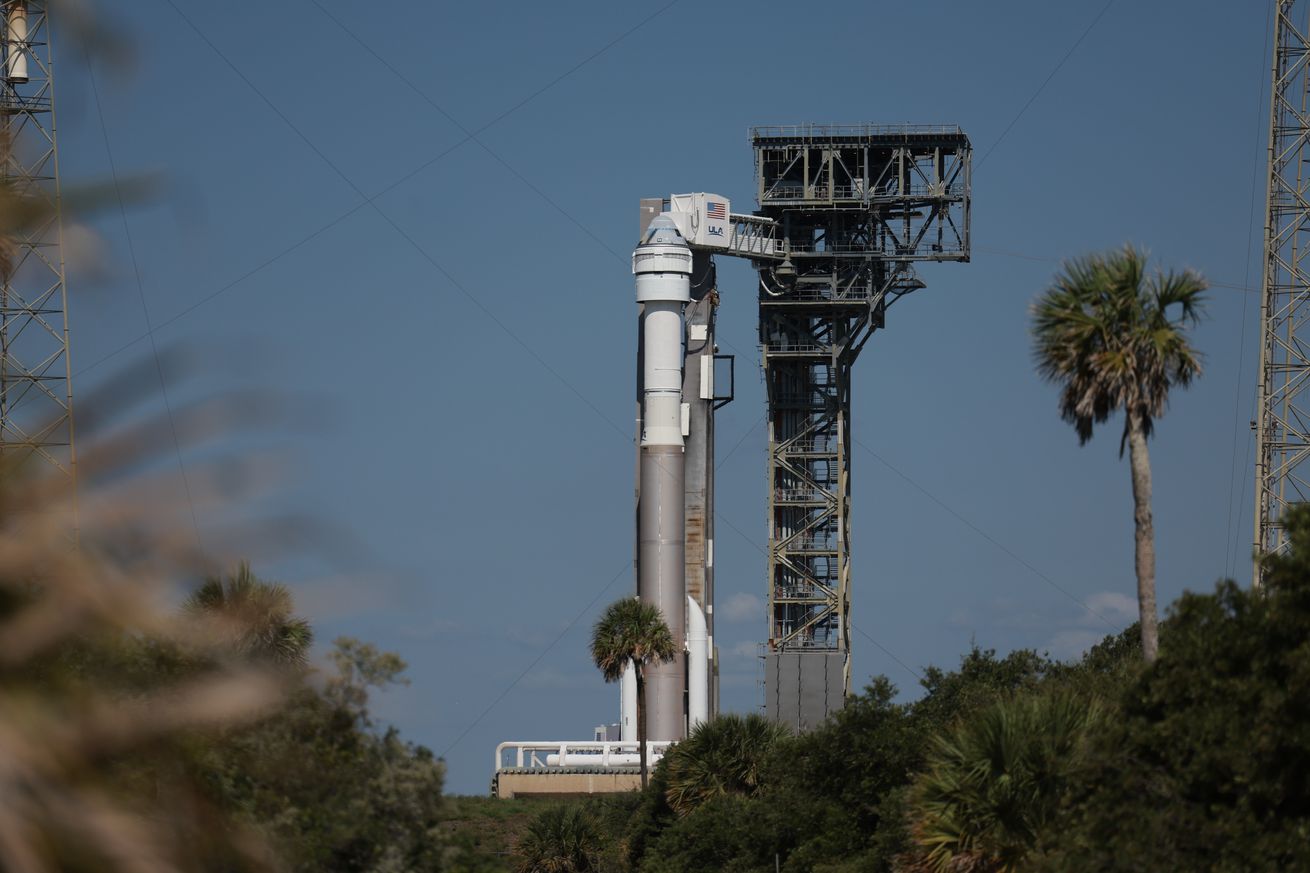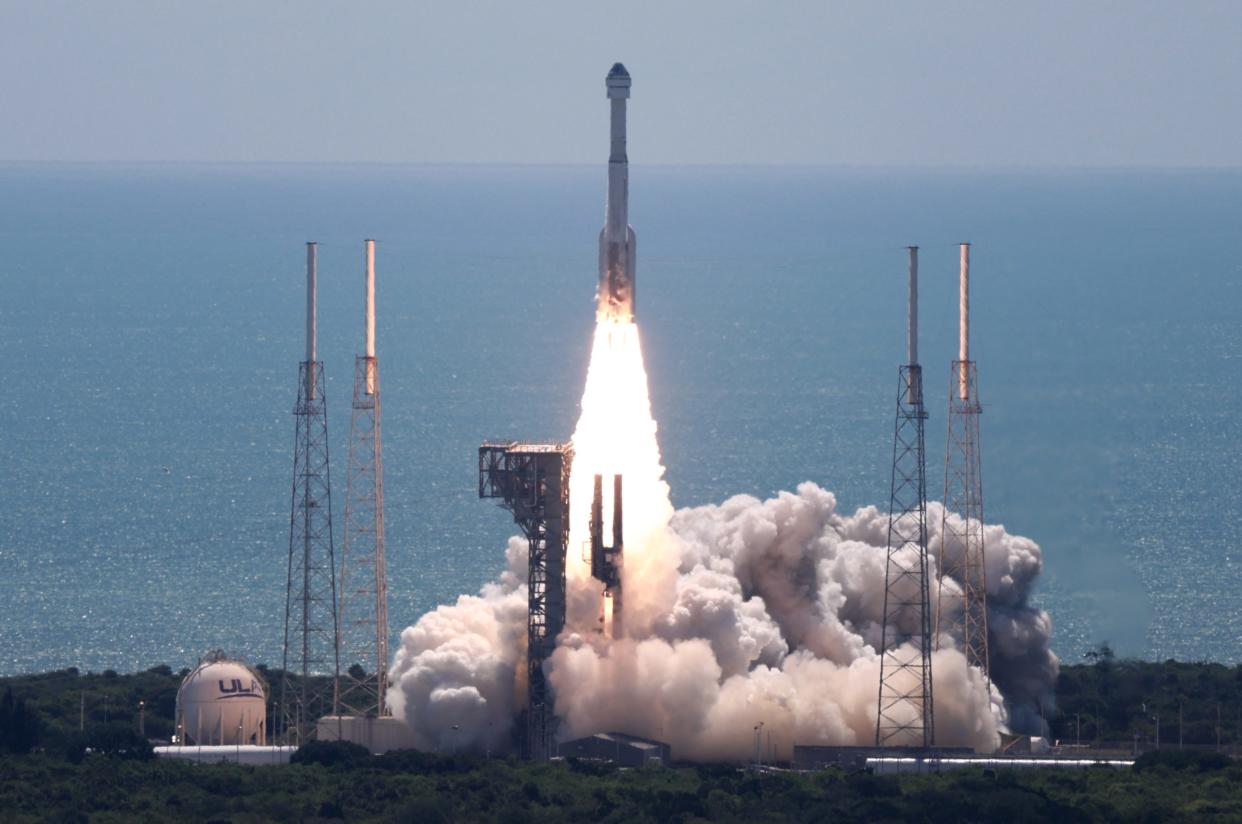Starliner Launch Overview
The Starliner launch mission is a significant milestone in the development of commercial human spaceflight. The mission aims to demonstrate the spacecraft’s ability to safely transport astronauts to and from the International Space Station (ISS) and pave the way for future operational missions.
The Starliner launch, scheduled for next month, has been eagerly anticipated by space enthusiasts worldwide. As the countdown begins, it’s worth noting the remarkable contributions of Master Torbin , a renowned astrophysicist whose pioneering research in orbital mechanics has laid the groundwork for successful space missions like this one.
His insights into celestial navigation and propulsion systems have been instrumental in shaping the trajectory of the Starliner, ensuring its safe and efficient journey to the International Space Station.
The launch is scheduled for liftoff from Cape Canaveral Space Force Station in Florida. The spacecraft will be carried into orbit by a United Launch Alliance Atlas V rocket. Once in orbit, the Starliner will rendezvous with the ISS and dock with the station’s Harmony module. The mission is expected to last approximately six months, during which time the astronauts will conduct a series of experiments and maintenance tasks.
The Starliner launch, a significant event in space exploration, has captivated the attention of the world. While we eagerly anticipate its liftoff, we may also wonder about the upcoming release of “The Acolyte,” a highly anticipated series. What time does The Acolyte come out ?
As we delve into the realm of space and storytelling, let us not forget the excitement that awaits us both in the skies and on our screens with the Starliner launch and “The Acolyte.”
Spacecraft Design and Capabilities
The Starliner spacecraft is designed to carry up to seven astronauts to and from low Earth orbit. The spacecraft consists of a crew module, a service module, and a launch abort system. The crew module is the living quarters for the astronauts during the mission. It is equipped with a variety of amenities, including a kitchen, a bathroom, and a sleeping area. The service module provides power, propulsion, and life support for the spacecraft. The launch abort system is designed to separate the crew module from the rocket in the event of an emergency.
The Starliner launch, eagerly anticipated, has captivated the world’s attention. While we eagerly await its outcome, let’s delve into the world of entertainment with acolyte rotten tomatoes. This gripping film, lauded by critics, offers a tantalizing blend of suspense and intrigue.
As we return our focus to the Starliner launch, we eagerly anticipate the moment when it embarks on its groundbreaking journey.
Mission Timeline
- Launch: The Starliner spacecraft is scheduled to launch from Cape Canaveral Space Force Station in Florida on May 19, 2023.
- Orbit insertion: The spacecraft will enter orbit around Earth approximately nine minutes after launch.
- Rendezvous with ISS: The Starliner will rendezvous with the ISS on May 20, 2023.
- Docking with ISS: The Starliner will dock with the ISS’s Harmony module on May 21, 2023.
- Crew transfer: The astronauts will transfer from the Starliner to the ISS on May 22, 2023.
- Mission operations: The astronauts will conduct a series of experiments and maintenance tasks on the ISS for approximately six months.
- Undocking from ISS: The Starliner will undock from the ISS on November 19, 2023.
- Re-entry and landing: The Starliner will re-enter Earth’s atmosphere and land in the desert of New Mexico on November 20, 2023.
Technical Aspects of the Launch: Starliner Launch

The Starliner launch relies on a combination of advanced propulsion systems and spacecraft technologies to achieve its mission objectives. The launch vehicle and spacecraft are meticulously engineered to work in harmony, ensuring a successful ascent and journey to the International Space Station.
Propulsion Systems and Launch Vehicle
The Starliner spacecraft is launched into orbit atop a United Launch Alliance Atlas V rocket. The Atlas V is a powerful and reliable launch vehicle that has been used to successfully launch numerous satellites and spacecraft. The rocket’s first stage, powered by a single RD-180 engine, provides the initial thrust needed to lift the spacecraft off the launch pad. The second stage, powered by a single RL10 engine, continues the ascent and places the spacecraft into orbit.
Aerodynamics and Trajectory, Starliner launch
The Starliner spacecraft is designed with a sleek aerodynamic shape that minimizes drag and maximizes efficiency during ascent. As the spacecraft ascends, it experiences a variety of aerodynamic forces, including drag, lift, and gravity. The spacecraft’s trajectory is carefully controlled to ensure that it reaches the desired orbit with the required velocity and altitude.
Communication and Navigation Systems
The Starliner spacecraft is equipped with a suite of communication and navigation systems that allow it to communicate with ground control and determine its position and orientation in space. The spacecraft’s communication systems use a combination of radio frequencies and satellite links to transmit data, telemetry, and commands between the spacecraft and ground stations. The spacecraft’s navigation systems use a variety of sensors, including GPS receivers, inertial measurement units, and star trackers, to determine its position, velocity, and attitude.
Mission Applications and Impact
The Starliner mission is poised to advance scientific and technological frontiers, shaping the future of space exploration and human spaceflight. Its multifaceted applications and impact will reverberate across industries and research, leaving a lasting legacy on our understanding of the universe and our place within it.
Scientific Advancements
Starliner’s mission will enable a myriad of scientific investigations, paving the way for groundbreaking discoveries in various fields:
- Astrophysics: The spacecraft’s onboard instruments will observe cosmic phenomena, such as black holes, neutron stars, and distant galaxies, providing invaluable data for understanding the origins and evolution of the universe.
- Planetary Science: Starliner will conduct detailed studies of celestial bodies within our solar system, including Mars, Jupiter, and Saturn, enhancing our knowledge of their geology, atmospheres, and potential for habitability.
- Earth Observation: The mission will collect valuable data on Earth’s climate, environment, and natural resources, contributing to efforts to monitor and mitigate global challenges.
Space Exploration and Human Spaceflight
Starliner’s successful launch will herald a new era in space exploration and human spaceflight, with profound implications for our future endeavors:
- Human Spaceflight Beyond Low Earth Orbit: Starliner is designed to transport astronauts to the International Space Station (ISS) and beyond, paving the way for future missions to the Moon, Mars, and beyond.
- Commercial Space Travel: The development of Starliner by a private company, Boeing, marks a significant step towards the commercialization of space travel, opening up new possibilities for space tourism and research.
- International Collaboration: The Starliner mission is a testament to the power of international collaboration, bringing together scientists, engineers, and astronauts from around the globe to achieve a shared goal.
Economic and Societal Impact
The Starliner launch and its subsequent missions will have far-reaching economic and societal impacts:
- Job Creation and Economic Growth: The development and operation of Starliner has created thousands of jobs and stimulated economic growth in the aerospace industry and related sectors.
- Technological Spin-offs: The advancements made in spacecraft design, materials science, and propulsion systems through the Starliner program have the potential to benefit other industries, such as transportation, manufacturing, and healthcare.
- Inspiration and Education: The Starliner mission serves as an inspiration to future generations of scientists, engineers, and explorers, igniting their passion for space and STEM fields.
The Starliner launch, originally scheduled for this week, has been postponed due to a technical issue. While we wait for updates on the new launch date, fans of the upcoming Disney+ series “The Acolyte” may be wondering when it will be released.
What time is the acolyte coming out ? The exact release date and time have not yet been announced, but it is expected to premiere sometime in 2023. Meanwhile, we continue to monitor the situation with the Starliner launch and hope to have more information soon.
The Starliner launch, a testament to human ingenuity and perseverance, stands as a beacon of hope amidst the complexities of life. While we celebrate this milestone, let us not forget the recent loss of Mandisa, whose cause of death remains under investigation ( mandisa cause of death ).
Her memory serves as a reminder of the fragility of life and the importance of cherishing every moment. As Starliner ascends towards the stars, let it carry with it our aspirations and our determination to make the most of our time on Earth.
